We sat down with leaders from top life sciences companies to discuss foundational needs assessments – how to do them, what can go wrong when you don’t, and why every investment decision should start with the question, “What is the need?”
“We’ve canceled programs where we’ve been millions of dollars in and it became clear that the perceived need was not nearly what we understood it to be. As a result, we’d made a misguided judgment based on foundational assumptions.”
– VP Procedure Innovations, Medtronic
Those we spoke with agree that human-centered design (HCD) has radically changed how life sciences companies approach product development, particularly over the past 5–10 years. Today, there are in-house innovation groups, creatives in the C-suite, and sufficient track records for organizations to trace their HCD initiatives to bottom-line commercial success.

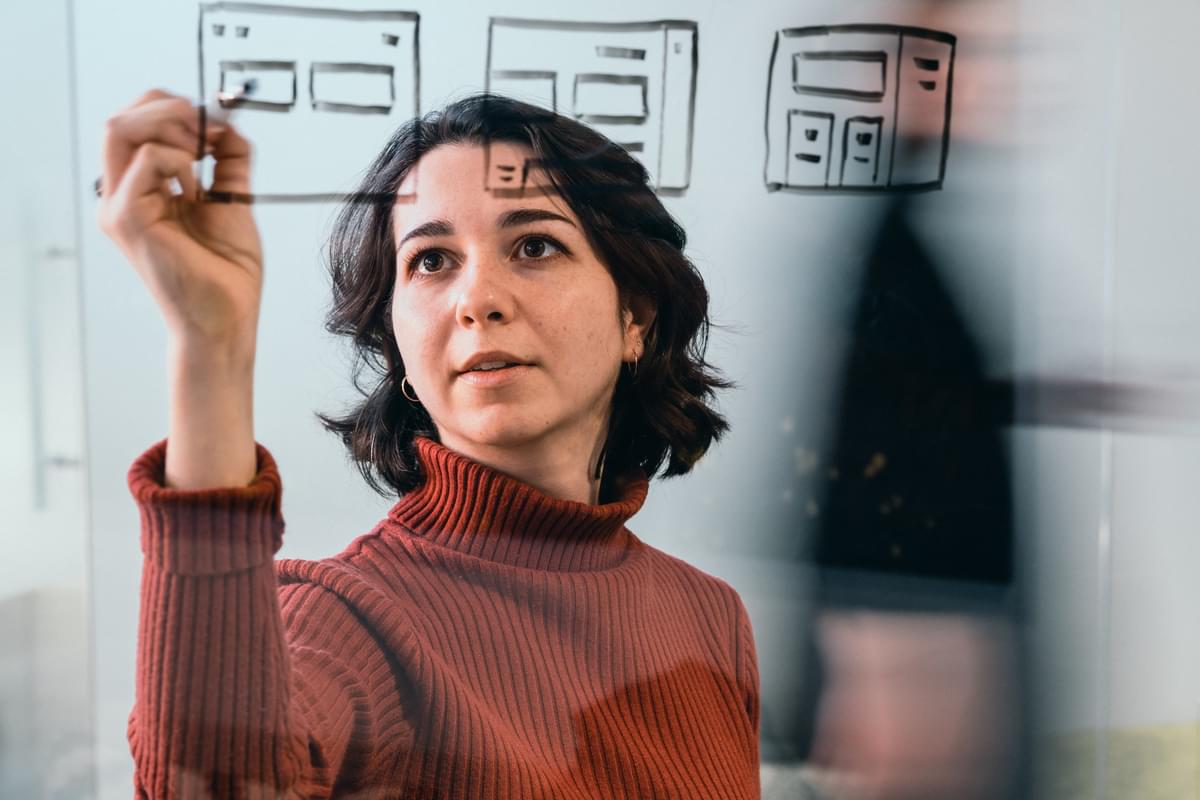
“Because we’ve had success with how much more impact we can have applying human-centered design tools to our R&D efforts, I think personally I’ve seen a real shift throughout the business.”
– Head of Engineering Sciences, Johnson & Johnson
SUCCESSFUL GROWTH STARTS WITH USER NEEDS
“If we don’t deliver value to the patients and caregivers, there’s nothing there. So, it’s not just about the standard endpoint measures for the disease itself. It’s about delivering outcomes to patients that they perceive to be meaningful.”
– Sr. Marketing Manager, Medtronic
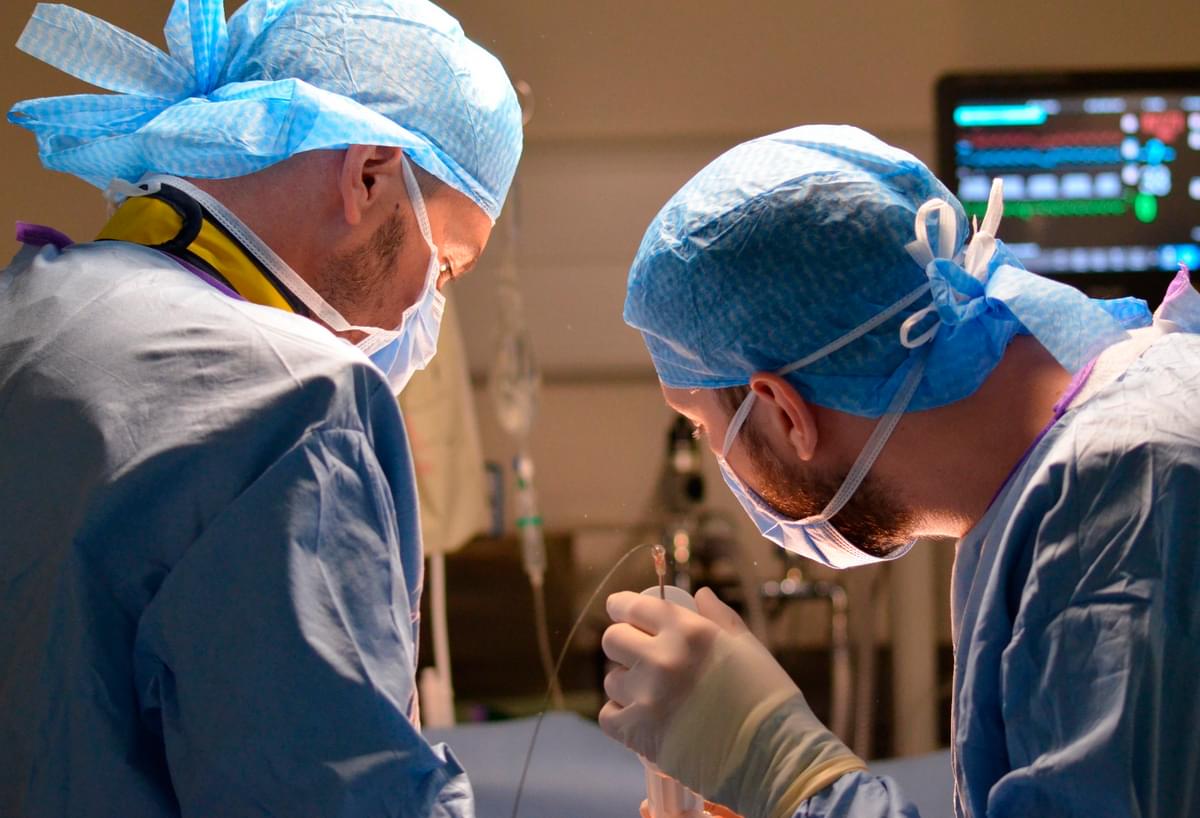
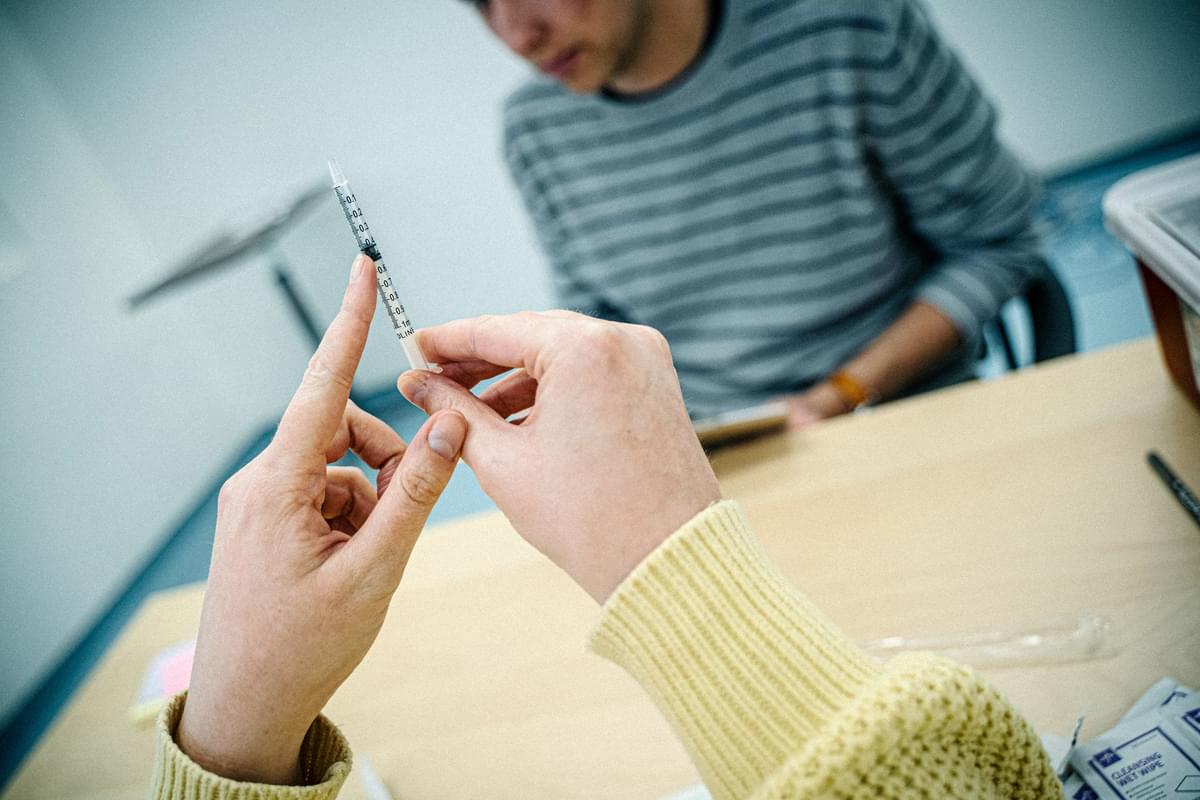
“Too often in healthcare, it’s about an individual asset — whereas the foundational research means going beyond that. It’s not about your individual product — it’s about understanding your customer. I want to get to know that person day in and day out. What is working well for them? What challenges are they facing?”
– Executive Director, Sage Therapeutics
TO BUILD A STRONG HOUSE, START WITH A SOLID FOUNDATION
When a program is built on a foundational needs assessment, product development teams can benefit from greater clarity at every milestone and confidence to support investment decisions. What’s more, foundational user research has a durability that extends beyond a singular product pathway. It serves as a knowledge resource for the entire organization to be referenced in future and adjacent work. Pete Madson, VP, Strategic Development for Research and Design at Veranex suggests:
“You always have to come back to that need. Over and over, it’s going to help you make decisions in the product development process. Otherwise it’s tempting to say ‘I like this idea’ or ‘this would be easier to do from an engineering standpoint.’ By looking back at the need, you can answer if it addresses it or not.”
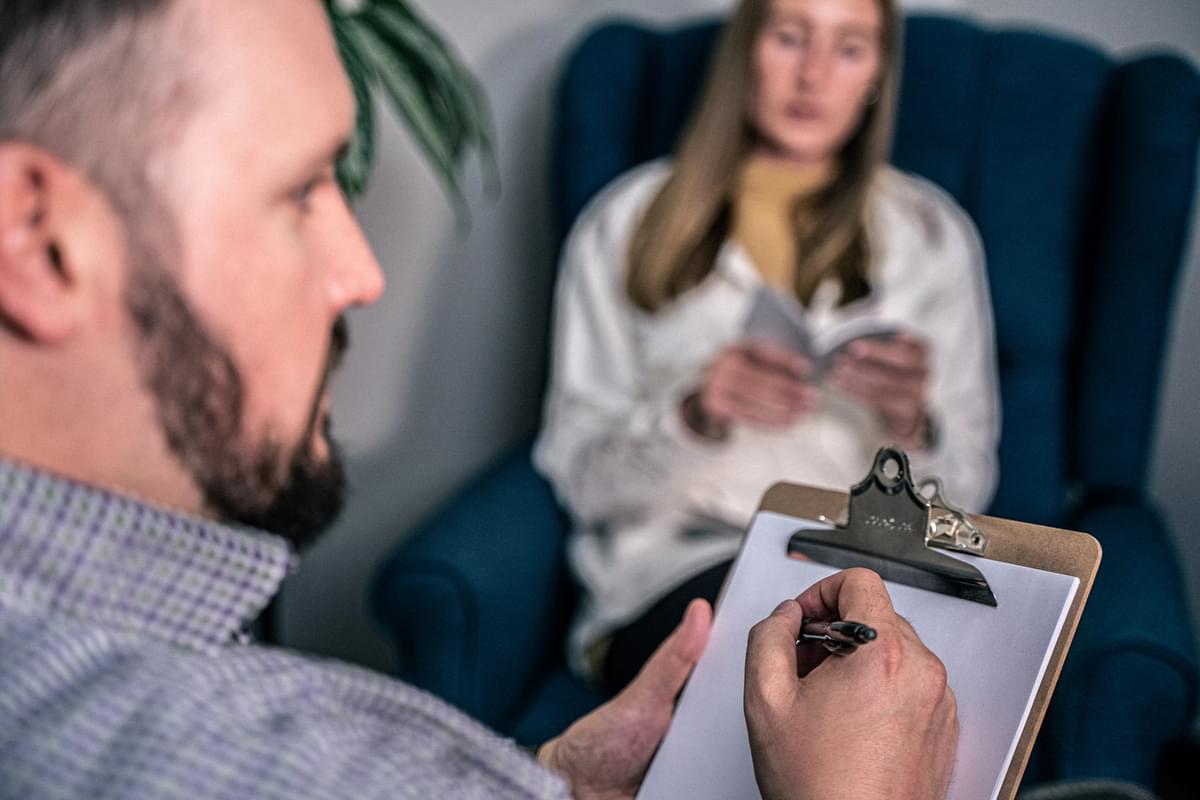


NEEDS FINDING
When it comes to understanding users, ethnography is the best-in-class method. Based in anthropology, ethnography relies heavily on observation and in-depth interviews to cultivate empathy and uncover the “why” behind behaviors. Because its focus is on in-depth conversations, only a small sample (6–8 respondents per user group) is needed to reveal patterns of insight. Ethnography is ideally done in person, but well-designed digital and remote tools can serve either as a proxy or as an excellent complement to the in-person experience.
“I think understanding ‘today’ is the first step. You do that by going and observing it, talking to people — but people don’t always tell you their problems. You have to deeply immerse yourself, watch them, and identify where they can’t do something or if it’s not as efficient or effective — those are the points along the journey that we would like to change.”
– Head of Engineering Sciences, Johnson & Johnson
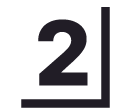
NEEDS STATEMENTS
We drive efficiency and reliability into a complex process by designing research materials with future synthesis in mind. Structuring ethnographic interviews and observation around journey maps, clinical workflows, or disease pathways helps reveal patterns, while tools like affinity maps organize insights into manageable themes. From there, insights are translated into needs statements according to a structured framework to ensure each need is plainly stated, singular, and devoid of a solution. Veranex follows frameworks outlined by the Stanford Byers Center for Biodesign as well as the Jobs to Be Done framework. Both frameworks capture details around whom the need is associated, the problem or job they are trying to address, and the why or outcome they are looking to achieve.
“We’ve used journey mapping almost like puzzle pieces, working in real time with Veranex and physician partners to map out a multitude of scenarios, understand the differences between and across settings, what other factors might affect the workflow, etc. I’ve got a patent on my desk that came from one of those sessions.”
– VP Procedure Innovations, Medtronic
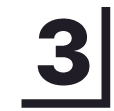
NEEDS VALIDATION
As a follow-on to an ethnographic study and articulation of user needs, we will oftentimes work to validate the user needs. We utilize quantitative methods like maximum difference scaling to screen and prioritize the user needs with a larger sample. This is critical for investment decision-making, because not every user need, however salient, will have the same resonance with the company’s mission, core competencies, technical constraints, and commercial opportunities. Selecting the right needs for which to solve and setting the others aside is often half the battle.
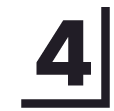
DOCUMENTING AND TRACING TO PRODUCT REQUIREMENTS
A common challenge faced by life sciences companies is the long road to commercialization. Regardless of changes within the team or the business itself, the foundational needs assessment must remain accessible, legible, and meaningful to downstream stakeholders. Even years on, summary reports and explanatory visuals should inspire user empathy and understanding.
In addition, the process of tracing user needs to product requirements is a difficult, highly collaborative task involving those creating the needs (the research team) and those validating them (human factors, engineering). Validated and prioritized needs statements should support informed tradeoff decisions, and the raw data should justify traceability and confidence for all assertions made.
Kai Worrell, Executive Vice President of Corporate Development and Marketing at Veranex offers,
“Memorializing what you’ve learned in a way that’s transferrable is a key value proposition from working with a team that knows how to design a study as well as how to document it in a way that’s useful. Video, simulations, recorded conversations, high-fidelity task flow visualizations — those are things that can be transmitted across large teams downstream to people that make PD decisions.”
ADDRESSING BARRIERS TO SUCCESS
Breaking down the steps in a foundational needs assessment can help demystify the process and highlight opportunities where real-world constraints around time, budget, or expertise can be directly addressed. Flexible tools that leverage the best of ethnography and the HCD toolkit, remote adaptations, and powered-up surveys are just some of the ways you can drive efficiency into the process without sacrificing core objectives.
Partnering with an outside expert to shepherd the process can disperse the workload, reduce internal bias, and elicit more candid feedback from users. External perspectives will also bring new ways of observing, asking questions, and cross-pollinating ideas to the internal team. When the partner is also a design firm, human-centered principles are reflected in every step — from the design of the tools to the richness of the output. Most importantly, they will anchor the work in its most steadfast objective: always come back to the question, “what is the need?”
“Partnering on the unmet needs with teams who understand design can be helpful because, while we don’t want a tech push early on, it can help carry the needs forward. The design mindset is not just looking at a widget but also really looking at how a human interacts with their environment, and that’s really important.”
– Head of Engineering Sciences, Johnson & Johnson
